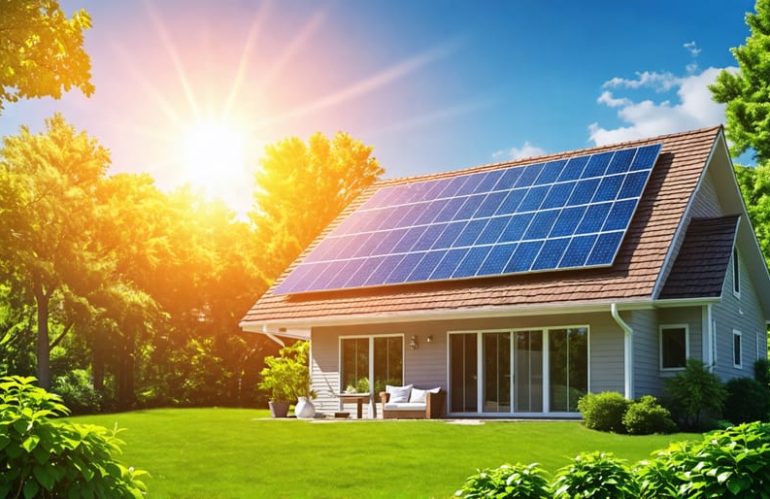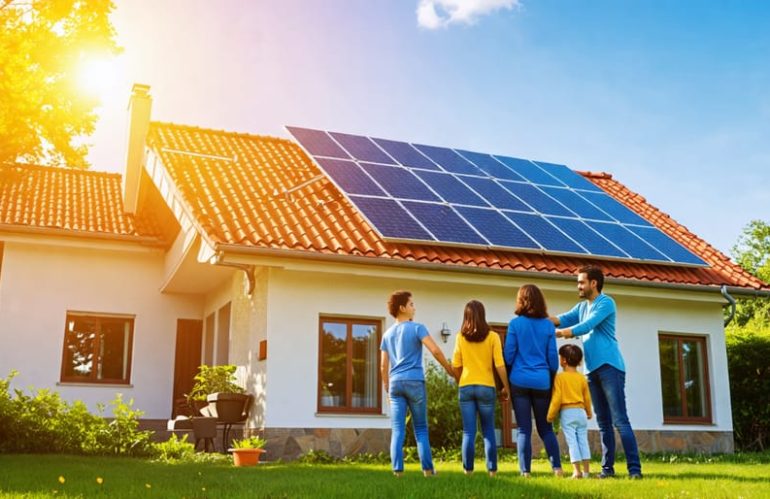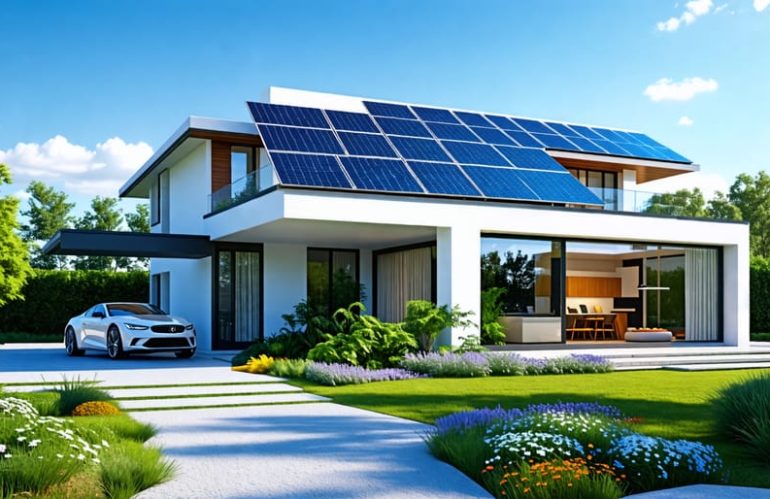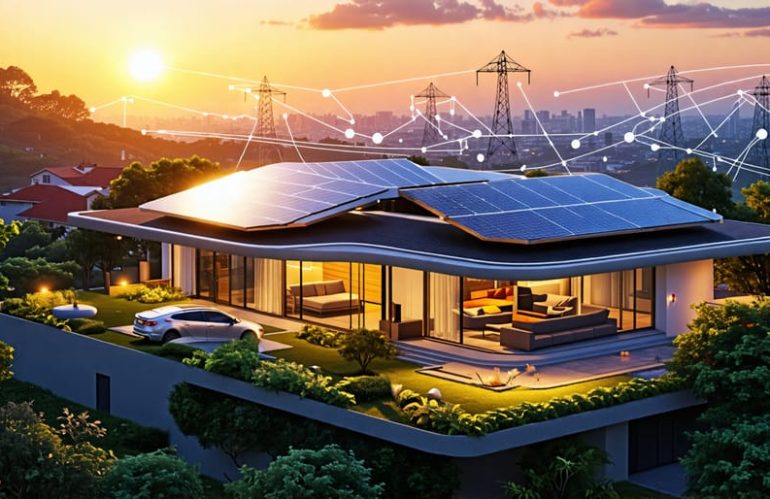Discover which smart thermostats work seamlessly with 2-wire HVAC systems, no C-wire required. Explore top models from leading brands like Nest and ecobee that offer full compatibility and energy-saving features for your residential solar powered home. Learn how these innovative thermostats deliver precise temperature control, remote access, and automated scheduling to maximize comfort and efficiency, all while seamlessly integrating with your existing 2-wire setup. Find the perfect smart thermostat solution to …
Category: Blog
How Residential Energy Dynamics Can Save You Money and the Planet
Maximize your home’s energy efficiency by sealing air leaks, insulating walls and attics, and upgrading to ENERGY STAR appliances to save money on utility bills. Install a programmable thermostat to optimize heating and cooling schedules based on your lifestyle. Harness renewable energy with residential solar panels or wind turbines to reduce reliance on the grid and benefit the planet…
Unleash the Sun’s Power: Why Investing in Residential Solar is a Bright Idea
Investing in residential solar panels is one of the smartest financial moves you can make as a homeowner. By harnessing the sun’s clean, renewable energy, you can dramatically reduce or even eliminate your monthly electricity bills. Solar panels also increase your home’s value and make it more attractive to environmentally-conscious buyers. What’s more, generous government incentives and affordable financing options have made going solar more accessible than ever before.
But the benefits extend far beyond your wallet. By choosing solar, you’re making a powerful statement about your values and commitment to a …
Solar Power Prices: What You’ll Really Pay to Go Solar in 2023
Harnessing the sun’s energy is a smart investment, but how much does it actually cost to install solar panels? The price tag for going solar depends on several key factors:
• System size: The number of panels needed to power your home
• Equipment: The quality and efficiency of panels and inverters
• Labor: Installation complexity and local contractor rates
• Incentives: Federal and state tax credits, rebates, and net metering
On average, residential solar systems cost between $15,000 to $25,000 after incentives. However, with financing options like $0-down solar loans, most homeowners see …
The Future is Bright: Exciting Solar Panel Innovations Coming in 2024
The solar panel revolution is accelerating in 2024, bringing unprecedented efficiency, affordability, and aesthetics to homeowners. Cutting-edge technologies like multi-junction cells, advanced coatings, and streamlined designs are propelling residential solar to new heights. With record-breaking conversion rates up to 30%, these next-gen panels harness more sunlight than ever before. Their ultra-durable materials withstand even the harshest weather conditions, ensuring decades of reliable clean energy. Sleek, low-profile form factors seamlessly integrate into any roof for enhanced curb appeal. As innovations drive down costs and boost …
What Size Solar System Does Your Home Really Need?
Determine your home’s energy needs by analyzing past utility bills to calculate your average daily kilowatt-hour consumption. Consider factors like roof size, orientation, and shading when evaluating your available solar installation space. Get multiple quotes from reputable installers to compare system sizes, configurations, and cost of solar panels. Aim for a system that offsets 100% of your electricity usage for maximum savings and environmental impact.
…
5 Solar Energy Trends Revolutionizing Homes in 2023
The solar revolution is transforming homes, driving unprecedented adoption through game-changing advancements in affordability, technology, and accessibility. Plunging installation costs, ultra-efficient solar cells, sleek panel designs, and robust home battery systems are making solar power an irresistible value proposition for homeowners. Community solar programs are bringing clean energy within reach for renters and those without suitable roofs. As solar achieves grid parity and goes mainstream, it’s empowering millions to slash their bills and carbon footprints. The sun is setting on fossil fuels as the solar age dawns, promising…
How Low-Income Families Can Get Free Solar Panels (And Slash Energy Bills)
Low-income families can slash their electricity bills and improve their quality of life by taking advantage of free solar panel programs. Government initiatives, non-profit organizations, and solar companies offer fully-subsidized installations for qualifying households, enabling them to harness clean, renewable energy without any upfront costs. By tapping into these assistance programs, struggling families can dramatically reduce their monthly expenses, gain energy independence, and contribute to a healthier environment for future generations.
The Benefits of Solar Power for Low-Income Families
Lower Electric Bills
…
10 Secrets to Designing the Perfect Home Solar System
Assess your home’s solar potential by evaluating your roof’s size, slope, and sun exposure. Determine your energy needs and goals, considering your current usage and future plans. Choose high-quality, efficient solar panels and inverters from reputable manufacturers, and work with a trusted installer to ensure proper system sizing and design. By taking these critical steps before going solar, you can maximize the benefits of your residential solar system and enjoy clean, affordable energy for years to come.
…
Bidirectional Solar Panels: Power Your Home and the Grid
Bidirectional solar panels herald a revolutionary shift in renewable energy generation and consumption. Unlike traditional solar systems that only capture and convert sunlight into electricity, bidirectional panels enable a two-way flow of energy between homes and the grid. This groundbreaking technology empowers homeowners to not only generate their own clean power but also strategically supply excess energy back to the grid during peak demand periods. By optimizing energy production, consumption, and distribution, bidirectional solar panels pave the way for a more resilient, efficient, and sustainable electrical infrastructure. As we …










